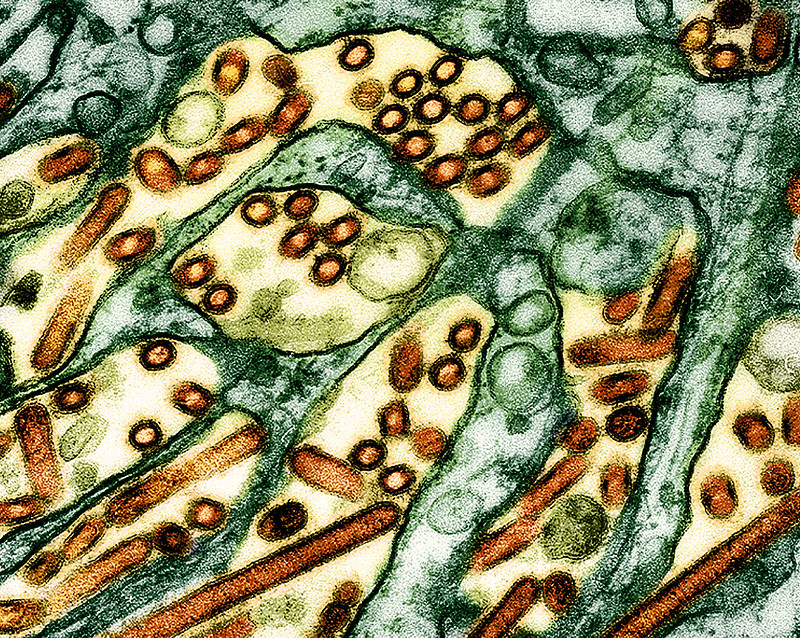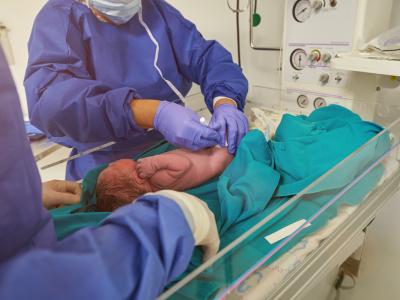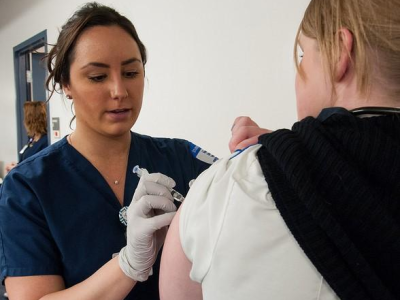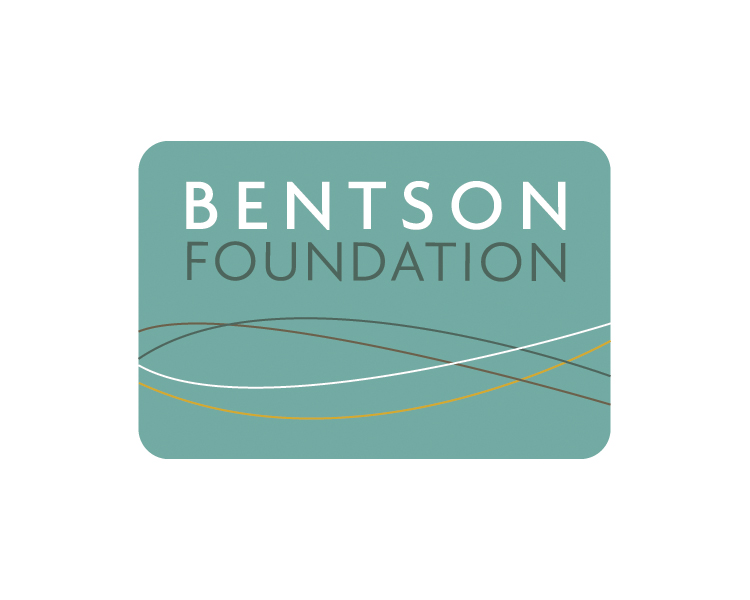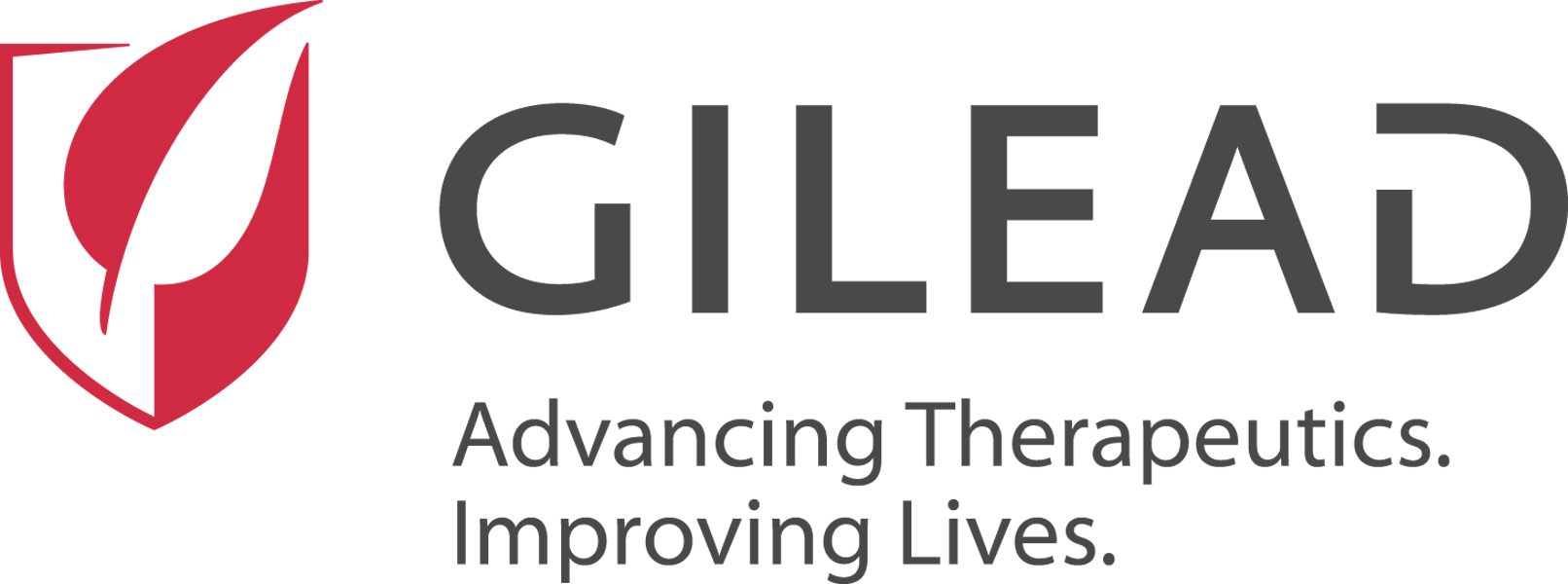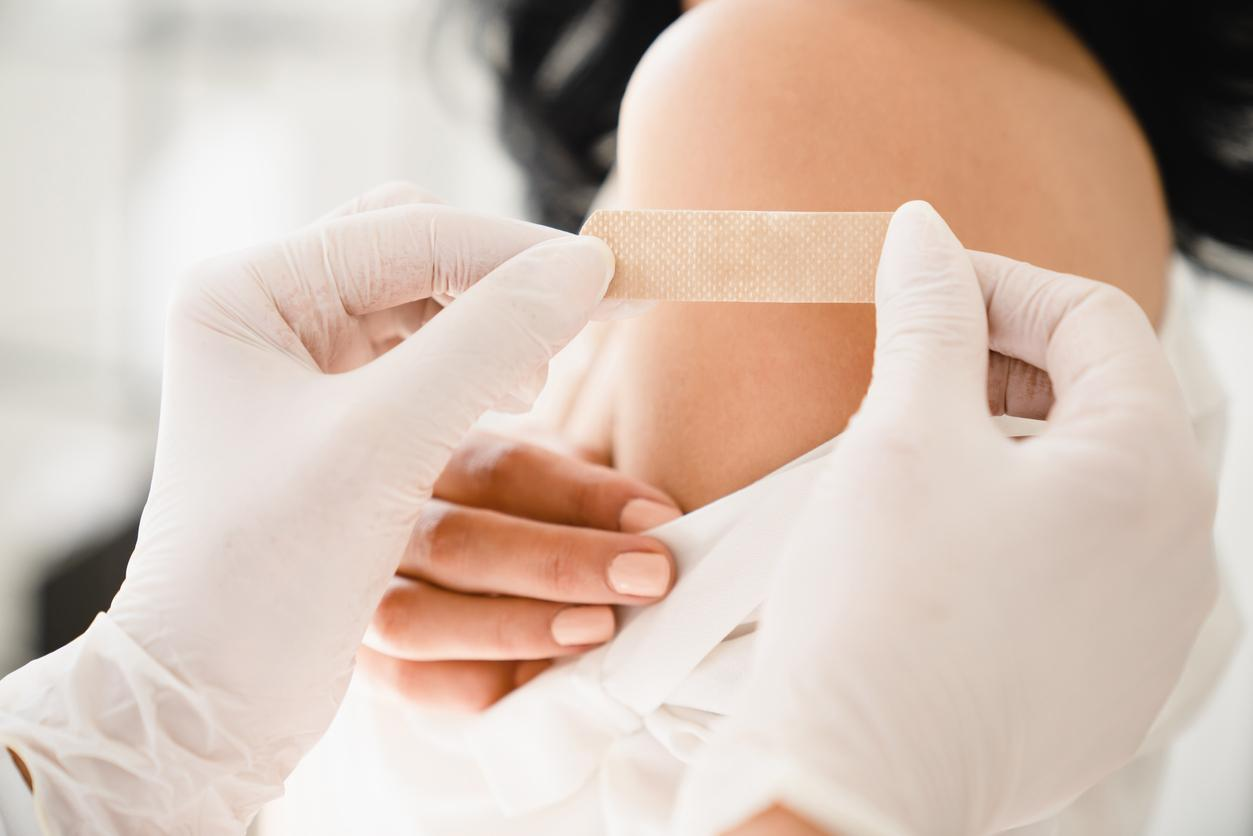
Preteens were more likely to get vaccinated against human papillomavirus (HPV) if their parents were given reminder letters and their healthcare provider received data on their vaccination rates—but the intervention was less successful among the most disadvantaged groups, a Mayo Clinic study finds.
For the study, published yesterday in JAMA Network Open, researchers performed a secondary analysis of data from a cluster-randomized trial of 6,232 children aged 11 or 12 years they conducted from April 2018 to August 2022 at six primary-care practices in Minnesota, which concluded that the intervention boosted vaccination.
The aim of the new study was to estimate the effectiveness of the reminder letters and provider feedback on HPV vaccination by race, rural residence, and Area Deprivation Index (ADI) status compared with usual care.
Of all participants, 72.2% were White, 9.0% were Black, 4.9% were Asian, 2.3% were Hispanic, and 11.6% were of another race. Most (87.2%) lived in urban areas, and 44.8% lived in the second-most advantaged quintile.
Each year from 2016 to 2020, high-risk HPV infections contributed to about 37,000 new US cancer cases, the study authors noted. "Despite the wide availability and robust safety evidence of the vaccine, current up-to-date HPV vaccine coverage at 50% is below the national goal of achieving 80% coverage," they wrote.
Alternative intervention strategies needed
HPV vaccine initiation (receipt of first dose) increased significantly for most children who received the invention (range, 9.2% to 24.0% increase) but much less so for those who were Black, lived in rural settings, and those living in the most disadvantaged areas. Similarly, vaccine completion (receipt of second dose) rose significantly (19.4% to 31.2%), except for the most disadvantaged.
Future research should explore other intervention strategies that would effectively promote HPV vaccination among families in socioeconomically disadvantaged areas to reduce HPV vaccination disparities.
Among children who received only usual care, HPV vaccine initiation and completion rates were significantly lower with increasing disadvantage but didn't differ by race or rurality.
"Future research should explore other intervention strategies that would effectively promote HPV vaccination among families in socioeconomically disadvantaged areas to reduce HPV vaccination disparities," the researchers wrote.
